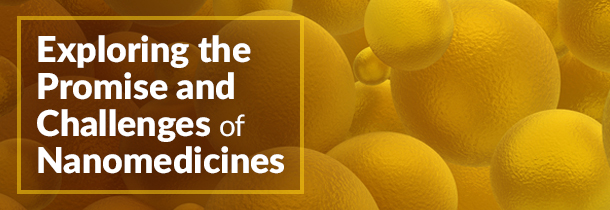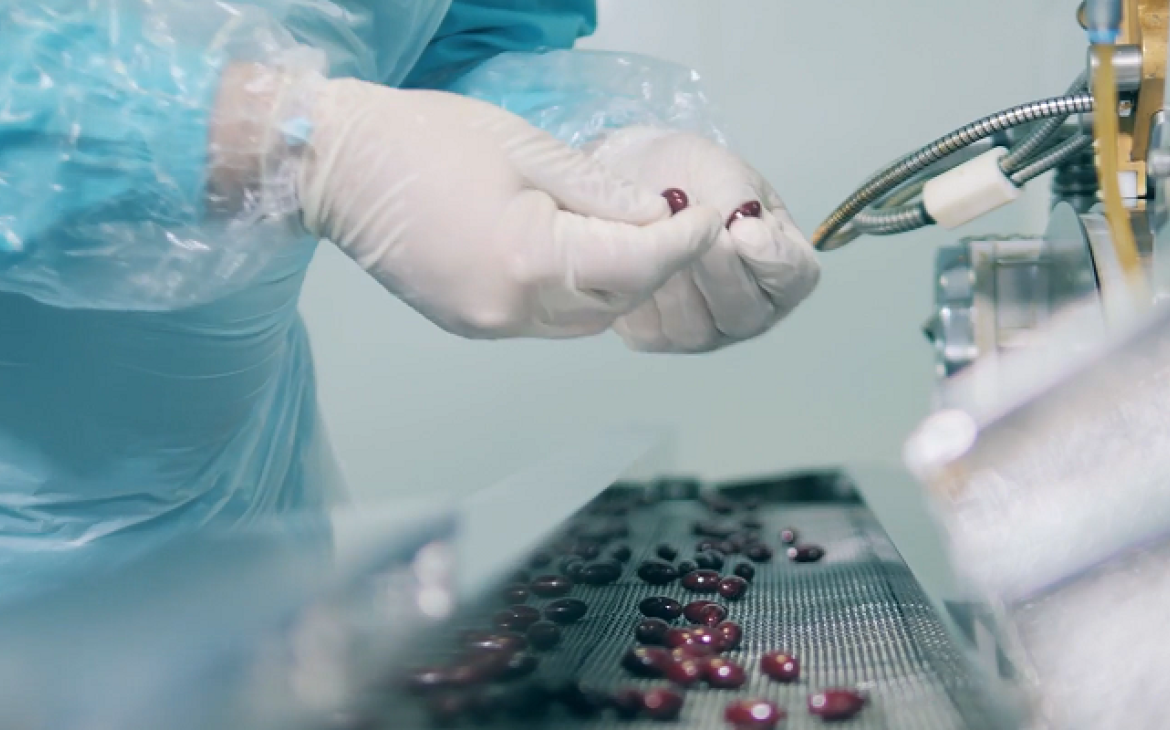
Nanomedicine—the use of nanoscale (one-billionth of a meter) materials and technologies to treat diseases at the molecular level—has shown promising results in patient care, particularly in oncology. Nanomedicines differ from conventional chemotherapy treatments by transporting and delivering drugs to specific diseased areas, limiting unwanted side effects
Such potential has led to a surge in research activity by both the private sector and governments. The global nanomedicine market is projected to be valued at $177 billion by 2019, encompassing both innovator drugs and generics.
Design of Nanomedicines
Nanomedicines are typically formulated using colloidal systems, made up of liposomes, nanospheres, microspheres, and other nanomaterials. Liposomal compositions have been used successfully in anticancer agents and antimicrobials, while nanoparticles and nanoemulsions have been employed to effectively deliver Dutasteride and Cyclosporine A, respectively.
Key Challenges: Nomenclature, Characterization, Environmental Impact
While the unique design of nanomedicines is intrinsic to the benefits these drugs offer, it also presents many challenges, beginning with nomenclature. There is a lack of consensus on how to describe the nanoparticles and colloidal systems that comprise nanomedicines—different groups have used different names to describe similar materials.
Another challenge is the evaluation of one of the most critical quality attributes for drug products containing nanomaterials: particle size determination. Several approaches on how to characterize particles and how to determine their size range are currently being used.
In addition, products containing nanomaterials present a potential impact to the environment. Understanding effects and establishing protocols for disposing nanomedicines during their life cycle is critical.
Help Determine a Path Forward
USP is reaching out to industry and regulatory stakeholders to assess existing general chapters and monographs that may be impacted by developments in this area, particularly with respect to formulation structures and methods of characterization. If you currently work with nanomedicines, your input is needed!
You can participate in the discussion at the Nanomedicines – Technical and Regulatory Perspectives workshop, March 20–22, 2017 in Rockville, MD. Co-sponsored by USP, the International Pharmaceutical Federation (FIP) and the American Association of Pharmaceutical Scientists (AAPS), the workshop will provide a forum for open dialogue on
- Nomenclature, definitions, and regulatory expectations (FDA, EMA, ASTM, ISO);
- Drug release;
- Analytical techniques for the characterization of colloidal systems; and
- Challenges in the formulation, manufacturing and stability of drug products containing colloidal systems.
You can also contact us directly. We welcome information you can provide on new areas of endeavor and nanomedicines in development, review, or recent approval. Please email questions and information to Kahkashan Zaidi, Ph.D., USP Principal Scientific Liaison, kxz@usp.org.
This article was authored by Anthony Hickey, Ph.D., Member of USP’s General Chapters—Dosage Form Expert Committee, and Distinguished Fellow, Aerosol and Nanomaterials Engineering, RTI International; and USP Principal Scientific Liaison Margareth Marques, Ph.D.


